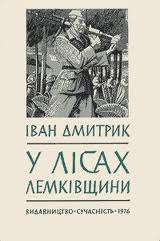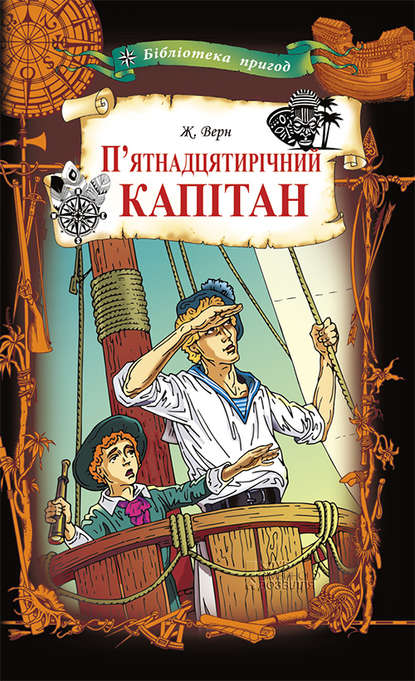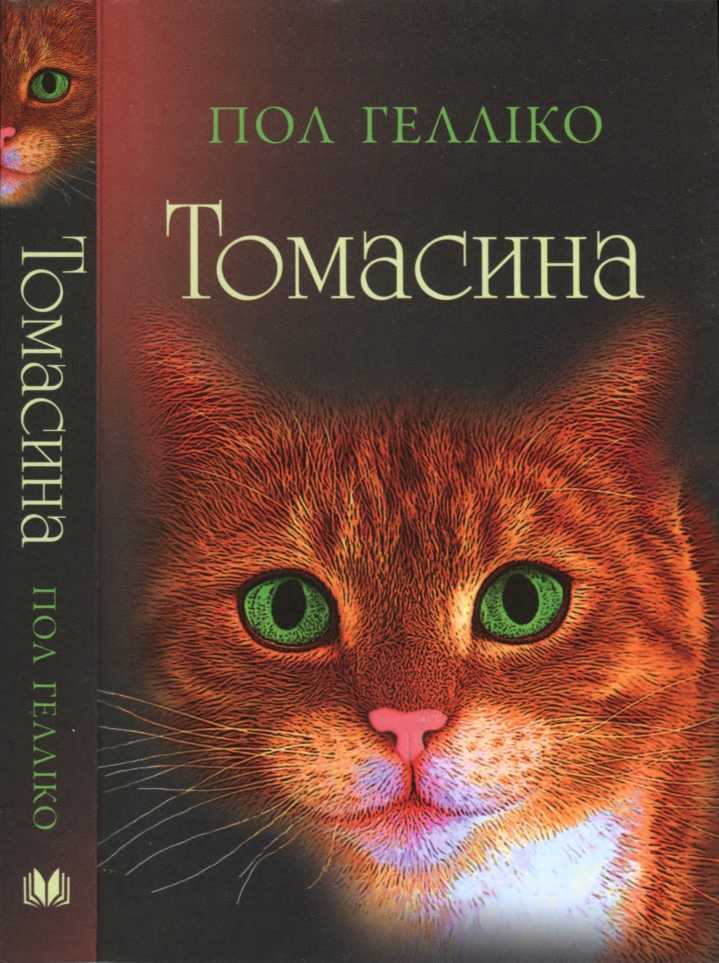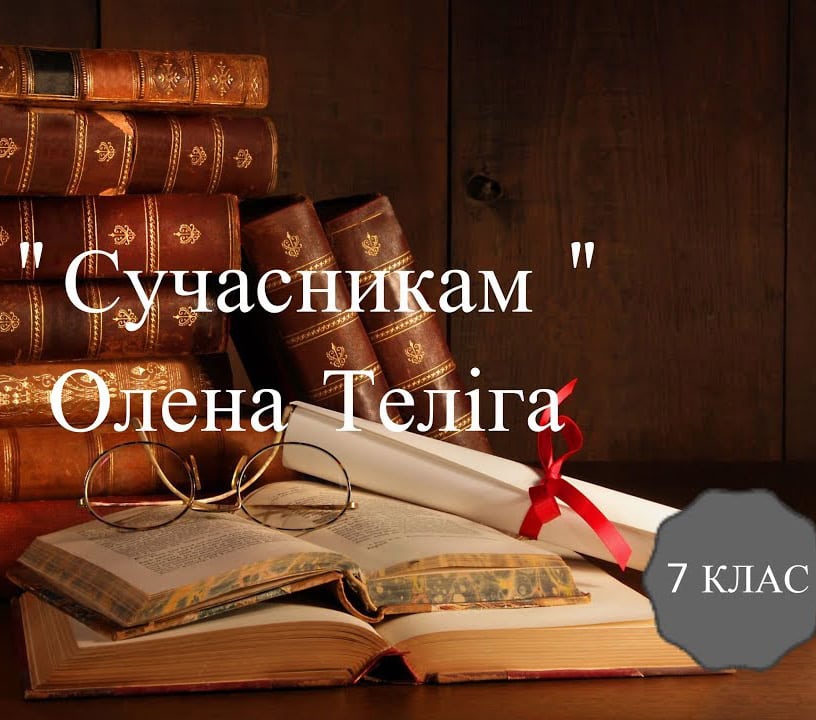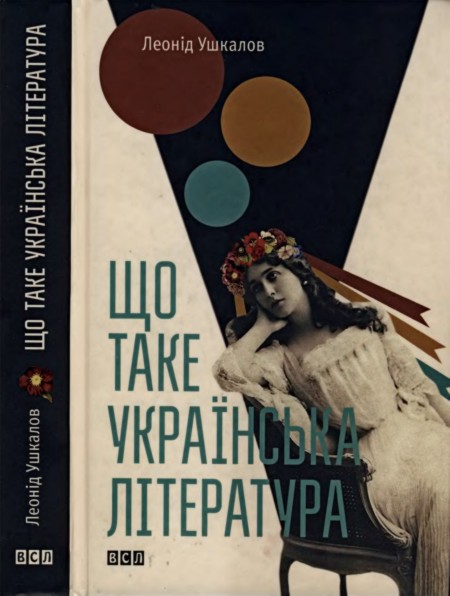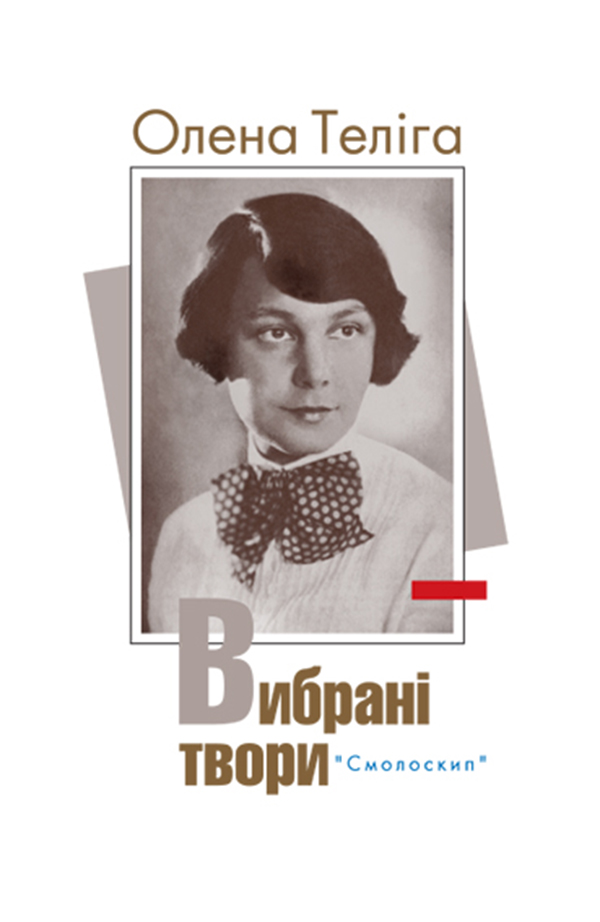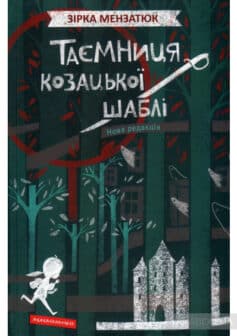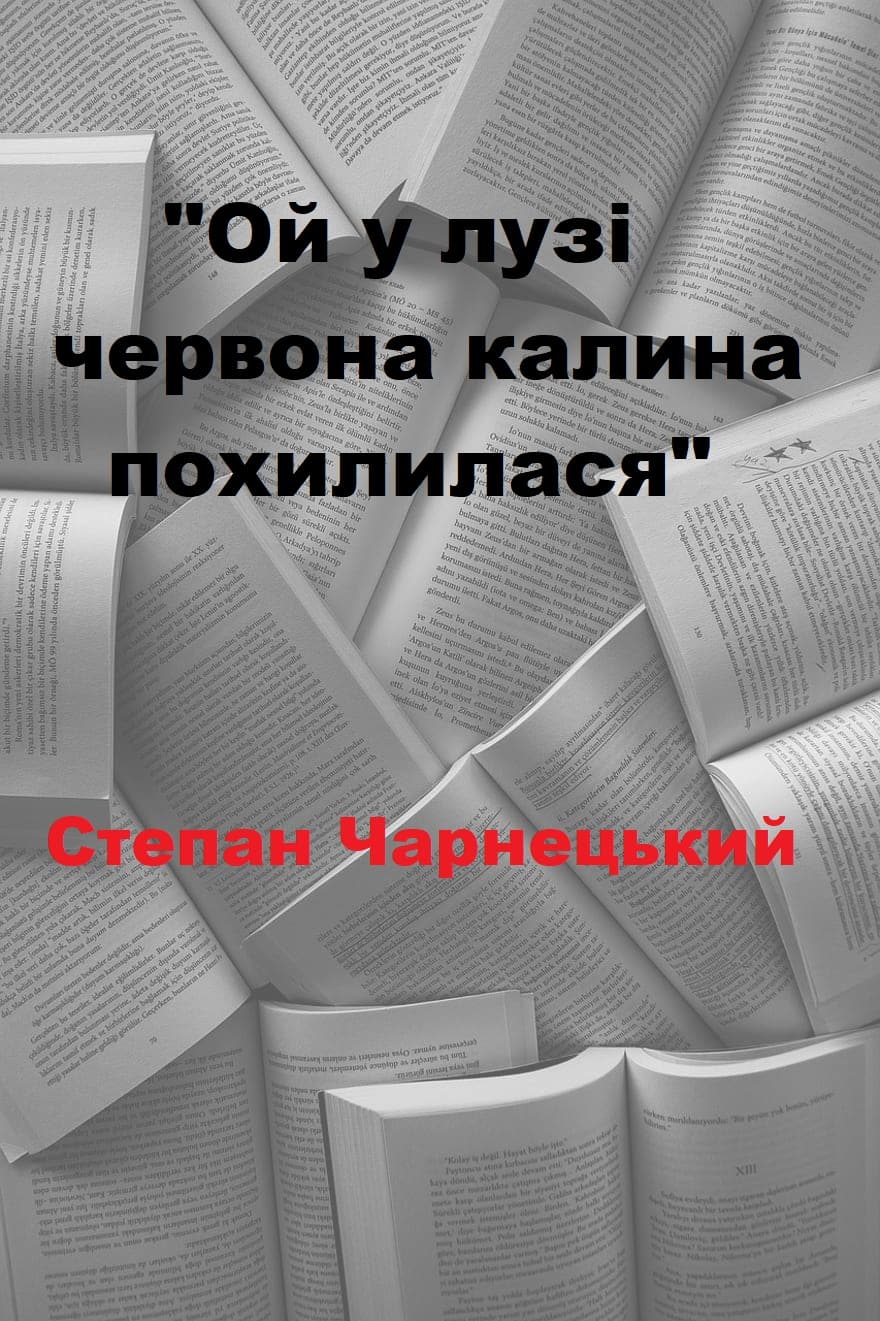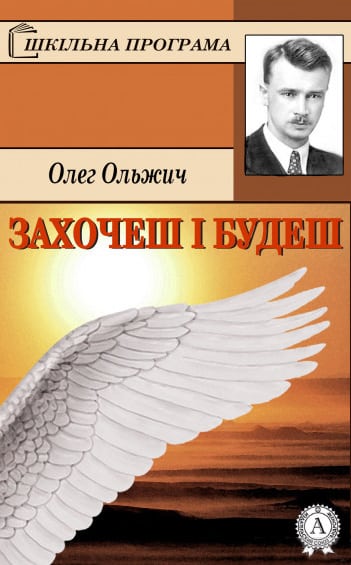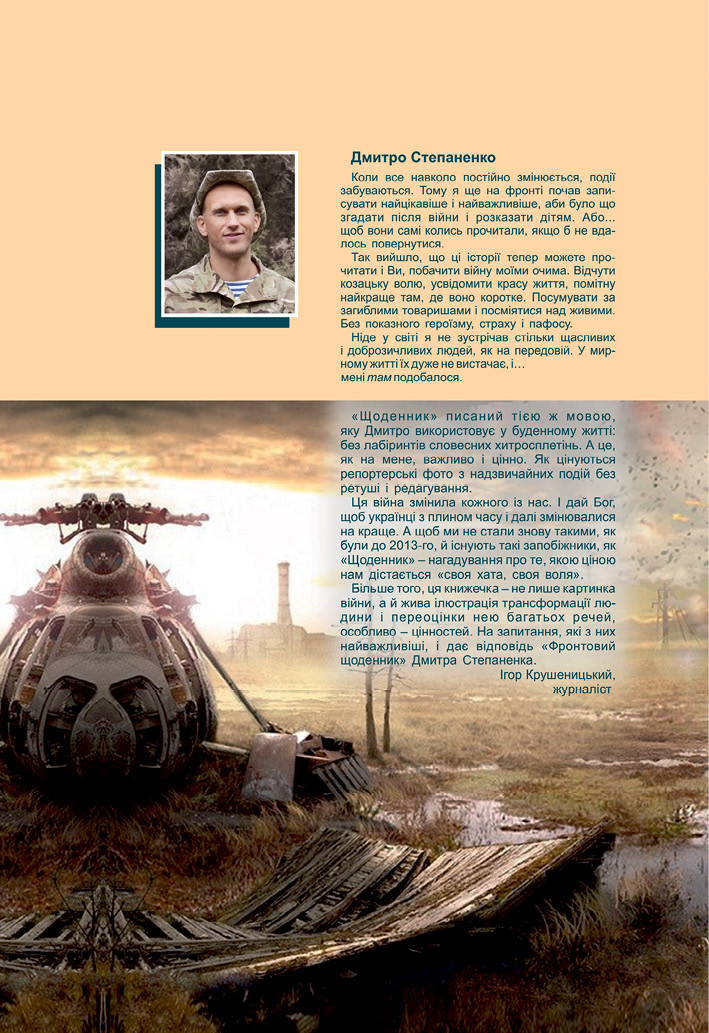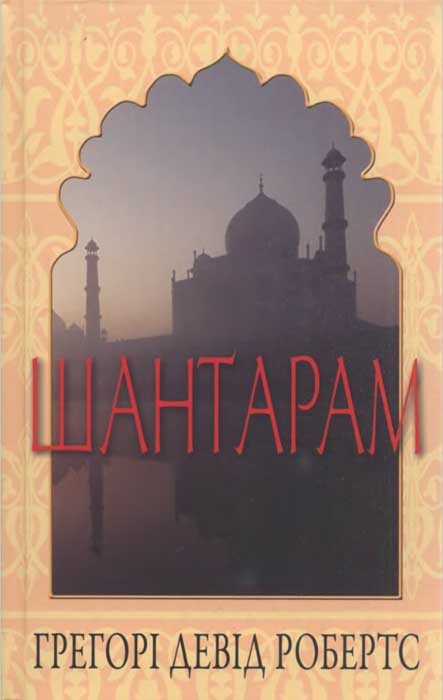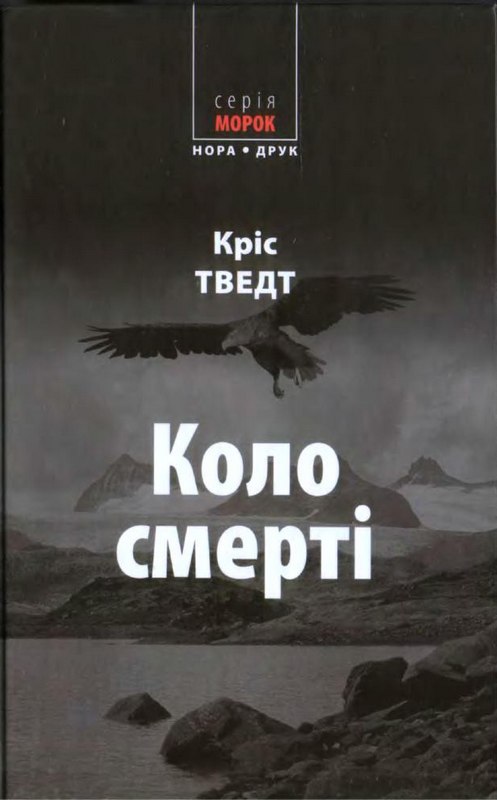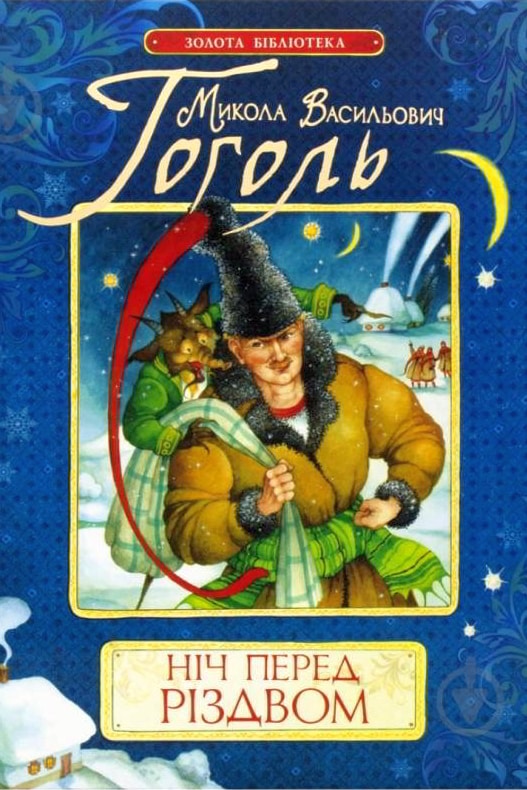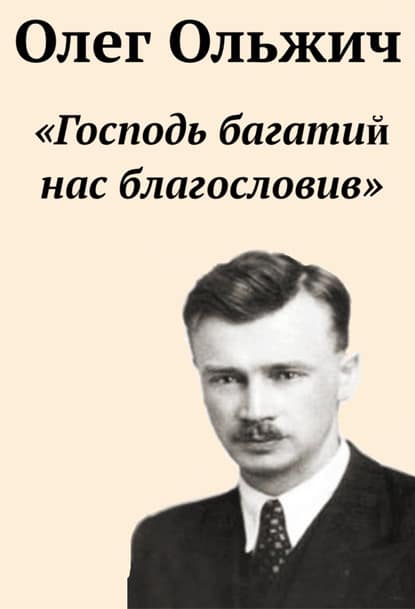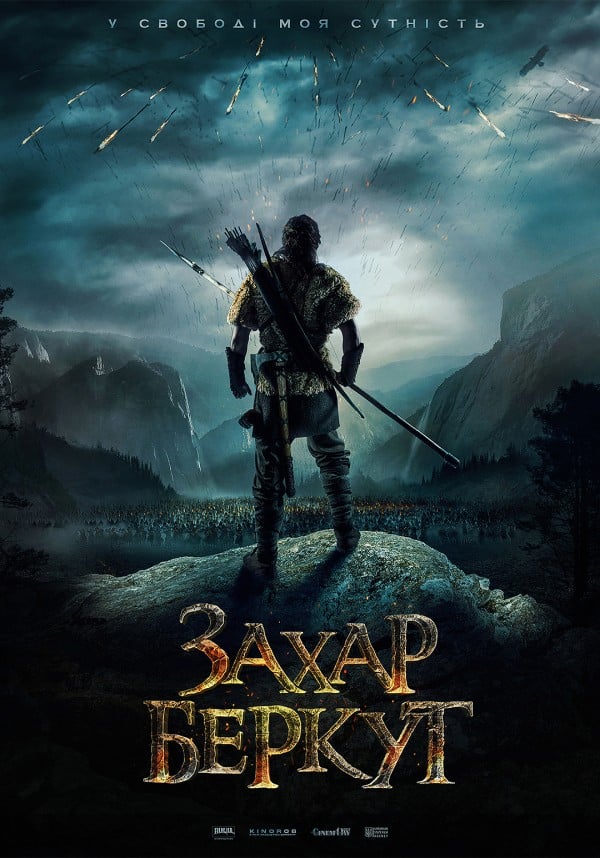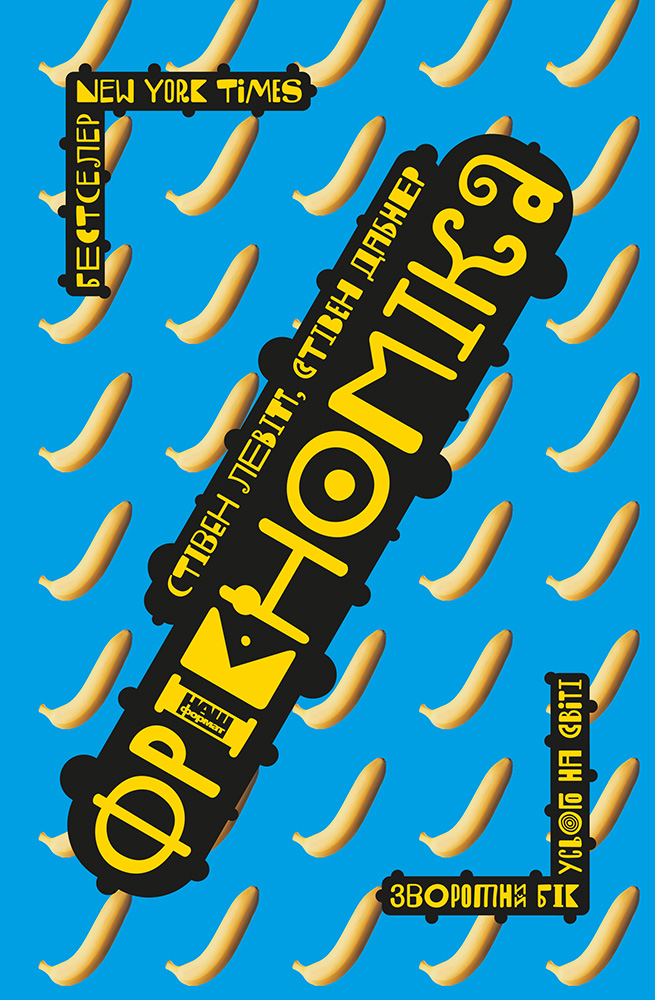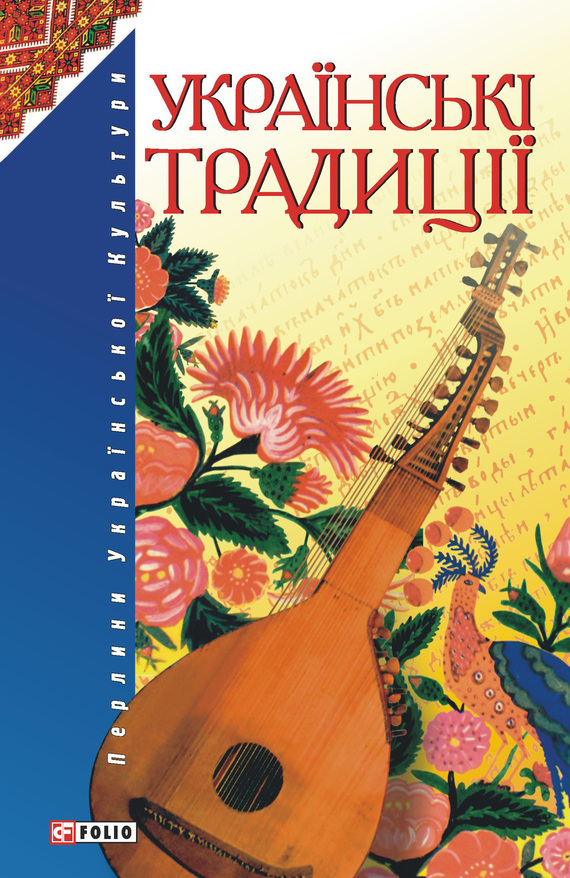Читати книгу - "Genghis Khan and the Making of the Modern World"
Шрифт:
Інтервал:
Добавити в закладку:
Related to dispute settlement, Mongol authorities encouraged the printing of books on criminology so that individual citizens and these small councils had the benefit of proper guidance. In the area of criminal law, they also set minimum requirements for officials visiting crime scenes to collect, analyze, and report evidence. These included instructions on the handling and examination of a corpse in order to collect as much information from it as practical, the reporting of which had to be made in triplicate, including drawings to depict the location of wounds. The Mongol procedures not only improved the quality of law enforcement, but corresponded with the overarching Mongol policy that all people, not just an educated elite, should know and be able to act through the law. For the Mongols, the law was more a way of handling problems, creating unity, and preserving peace rather than just a tool for deciding guilt or administering punishment.
Instead of educating officials in the classic arts of poetry and calligraphy, Mongols promoted more practical training in a variety of ways. They set minimum standards of knowledge for professions from matchmakers and merchants to doctors and lawyers. On every front, the Mongol policy seemed to be the same. It sought to standardize and raise the level of professions, while at the same time assuring a wide range of individuals access to them and to the benefits and services of the profession.
With so few Mongols ruling over so many people in China, Khubilai Khan seemed forced to accept administration through the traditional mandarins selected through a long process of study and exams, but he refused. Rather than perpetuate the old system, he abolished the exams and turned for administrative assistance to a wide variety of foreigners, particularly Muslims, and, when he could get them, Europeans such as Marco Polo. Like his grandfather, who found the educated Muslim administrators to be skilled in “the laws and customs of cities,” Khubilai imported large numbers of such men from his brother’s realm in Persia. He repeatedly sent requests to the pope and European kings asking them to send scholars and learned men, but with no response.
Mindful of overdependence on any single nationality or ethnic group and inclined to play one off against another, however, Khubilai constantly mixed Chinese and foreigners in a diverse set of administrators that included Tibetans, Armenians, Khitan, Arabs, Tajiks, Uighurs, Tangut, Turks, Persians, and Europeans. The Mongols staffed each office with an ethnic quota of the three major groups of northern Chinese, southern Chinese, and foreigners so that each official was surrounded by men of a different culture or religion. Just as Genghis Khan promoted men from the lowest levels of society to the highest ranks of leadership based on their skills and achievements rather than birth, Khubilai’s administration constantly promoted men from the lowest jobs, such as cooks, gatekeepers, scribes, and translators. Both the promotion of low-ranking men and the movement of them into new areas increased their dependence on and loyalty to their Mongol overlords and lessened their connection to the people ruled.
Without the rigid hierarchy of the ranked mandarins to administer local areas, Khubilai Khan imposed Genghis Khan’s system of decisions made through large meetings and councils and constant deliberation. Wherever possible and at whatever level, the Mongols replaced the bureaucracy with councils modeled on the small khuriltai of the steppes. The local councils had to meet daily, and any new measure had to come with the seal of approval of at least two officials. The council had to debate the issues and reach a consensus; the decision had to be made by the group, not by a single official. By Chinese standards, this was an extremely inefficient and impractical system that took too much time and energy compared with simply having one official make the decision and the people follow it. The Mongols promoted the use of other small councils, in a variety of ways. Patients displeased with medical service could seek redress from a council composed of representatives of the medical profession and nonmedical officials. Similar groups were formed to settle disputes involving a great variety of professions, from soldiers to musicians.
Whereas the old administrative system relied on unpaid scholarly officials who made a living by extorting money from people who needed their services or stamp of approval, the Mongols hired salaried employees for the lower levels of routine administration. They standardized the salaries throughout Mongol territory with a few regional differentials for the varying cost of living.
The move toward consensual councils and paid civil servants did not take deep root in China, and it failed to outlive the Mongols. As soon as the Ming came to power, they reverted to the traditional institutions of bureaucratic offices and abandoned the council form in favor of rule from above. This experiment in participatory administration was not tried again in Chinese history until the twentieth century, when the founders of the republic and the founders of Communism struggled to reintroduce some of the local councils, debates, salaried administrators, and citizen participation in government.
To further facilitate the speed and safety of commerce through the empire, Khubilai radically expanded the use of paper money. By the time Marco Polo arrived, the system was in full operation. He describes the money as made from mulberry bark in a form that we recognize as paper but which was still largely unknown in Europe. The paper money was cut into rectangles of varying size, marked with its value and stamped with a vermilion seal. The primary advantage of paper money was that it was much
!Увага!
Сайт зберігає кукі вашого браузера. Ви зможете в будь-який момент зробити закладку та продовжити читання книги «Genghis Khan and the Making of the Modern World», після закриття браузера.
